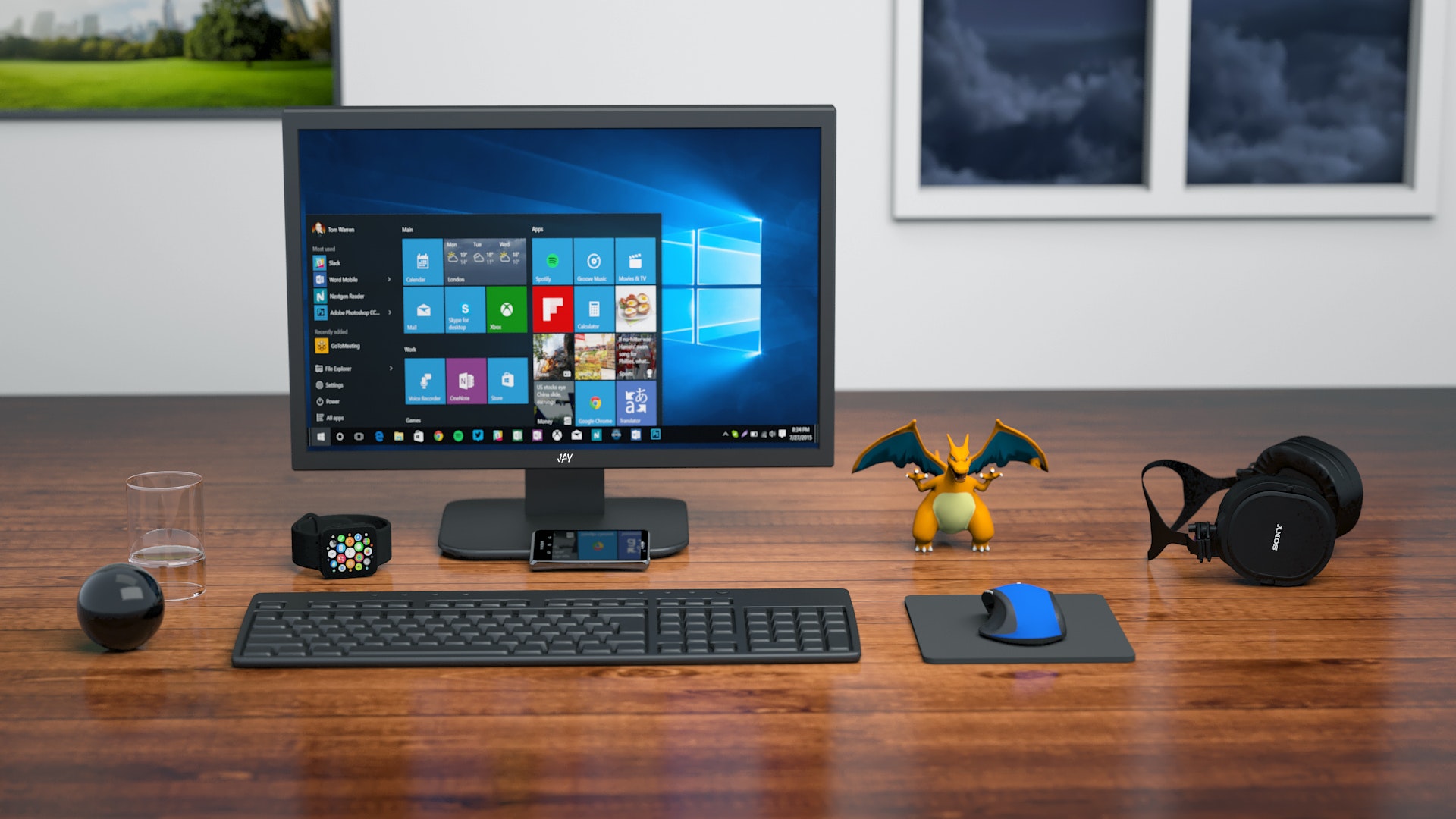Buying a Computer doesn’t got to be a budget head ache. A Computer purchase often includes additional components and software that aren’t needed and may be avoided
if you’re well prepared with the right information.
To help, the following tips will help you to save some cash on your next Computer purchase:
1 – If you already own a Computer, Take a glance at your Computer case. If it’s not a reputation brand Computer quite likely the case is expandable and may be reused. Cases can cost anywhere from $25 to $100. If you’ve got a mid tower case, check the number of bays are available for CD/DVD drives, and other peripherals, Are the USB and audio ports within the front?
Cases are often an over-looked item that sometimes are often used over and once again.
2 – Monitor Keyboard and Mouse simply because you’re purchasing a replacement Computer doesn’t mean the keyboard and mouse got to get replaced . An Optical mouse last longer than the ball style mouse. an equivalent principal applies to keyboards, unless you’re an important person and therefore the keys are worn and don’t respond, you almost certainly dont need a replacement keyboard.
Monitors may have to be replayed if want to upgrade to a bigger screen size. If you’re proud of your monitor and are having no problems with it, you’re better of keeping it a touch longer until you’ll afford a replacement Monitor
3 – Software License many of us forget when purchasing a replacement Computer the value of the OS license is included within the price. If the new Computer has an equivalent OS installed, dont buy another license.
The same applies for other software like Microsoft Office. Unless you would like to upgrade to a different OS or Office version, save your money. Significant savings are often realized by not purchasing unneeded software license costs.
4 – Consider No Name Brand: While Dell, HP and Samsung are a number of the large names with Computers, the reality is that the majority Computers originate from an equivalent area in Asia, specifically laptops. Consider buying lesser name brands, or visiting your local Computer repair store.
Less popular brand names like Acer, are usually cheaper, yet inside the case or laptop, the parts are an equivalent . Computer repair stores allows for personalization (if it is a Bare-bone built), so you’ll tailor to your need, not by what’s on the shelf allowing more savings.
5 – Warranty: With Technology advancing, what looks like the speed of sound, the lifetime of Computers tend to run about three to 5 years. Its not that the hardware starts to fail, but advancements in Software requires more processing power and increased memory requirements.
Consider the length and sort of warranty at time of purchase. Also consider the warranty that comes with the Desktop . it’s going to be possible that buying an extended warranty might not be needed for a desktop, but could also be needed for laptops.
6 – Labor costs Adding or upgrading involves labor which amounts to additional costs. If you’re somewhat technical or handy, consider installing any additional components yourself. There are many how to tutorials on the YouTube , that detail many sorts of installations.
As always with making a big item purchase, research and go searching for prices. Understanding what your price range is will keep you from overspending, and saving more money!

